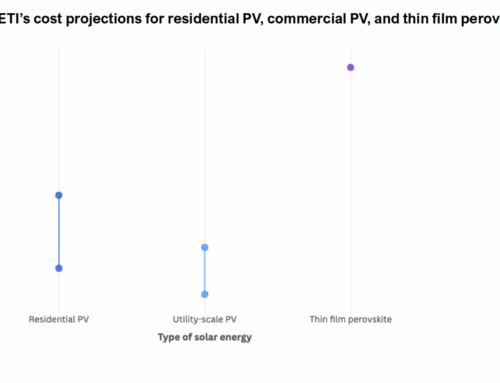What Does An Equitable Cannabis Industry Look Like?
November 3, 2025
When I first started cultivating and cooking with weed nearly 20 years ago, it was largely in part due to San Francisco’s queer community. They propelled the 1996 Compassionate Use Act into law, giving terminally ill patients access to high-grade cannabis for alternative end-of-life care, sometimes in the form of brownies.
For decades, advocates from chefs to congresspeople have pushed for social equity, the backbone of a competitive and fair cannabis industry. Yet many of the Black and brown bodies who helped to establish the market for the same herb we freely enjoy in smoothies and elixirs, are still behind bars.
There is a profound disconnect between the cannabis industry’s progressive origins and its current corporate reality. While the market flourishes, longstanding structural inequities persist, leaving behind the marginalized communities who paved the way for legalization, compelling a deeper look at who truly benefits from this supposed green rush.
A History of Systemic Challenges
Kenya Alexander-Davis, a chair of DEI at the National Cannabis Industry Association, admits that the commitments for DEI have faltered. “Social equity has failed so many Black and brown people who were and still are depending on licensing to build a legacy,” she said. “The cannabis industry is just really tough for everyone, and the problems are even more difficult for marginalized people because of the trauma of its history.”
According to the Marijuana Policy Project, as of 2018, there have been approximately 32,000 people still incarcerated for cannabis convictions, despite its legal status in 24 states. (Marijuana is still illegal for recreational use at the federal level.) Many believe the number is likely higher due to murky legislation and data that’s usually difficult to measure. Marijuana Business Daily‘s Diversity, Equity & Inclusion in the Cannabis Industry 2023 report shows that women and femmes—often the innovators of crafting edibles and wellness tonics—hold 39% of executive roles, yet only make up 16% of entrepreneurship, highlighting a disconnect between representation vs. power.
Black people make up roughly 2% of ownership and co-ownership in cannabis businesses. But the broader POC demographic narrowly increased from 15.4% to 18.7%, while queer-identifying people represent 14% of the industry, based on the most recent LGBTQIA+ cannabis workforce report.
All is not lost. Several regulatory bodies have responded to the call to easing barriers of entry for minority business operators by integrating equity programs into state and municipal policies. As of late 2025, a number of states—including Arizona, California, Maryland, Rhode Island and New Jersey—are already implementing solutions. These policies range from more accessible licensing applications, to legal support and access to capital, and with noticeable progress in some areas.
Search
RECENT PRESS RELEASES
Related Post


